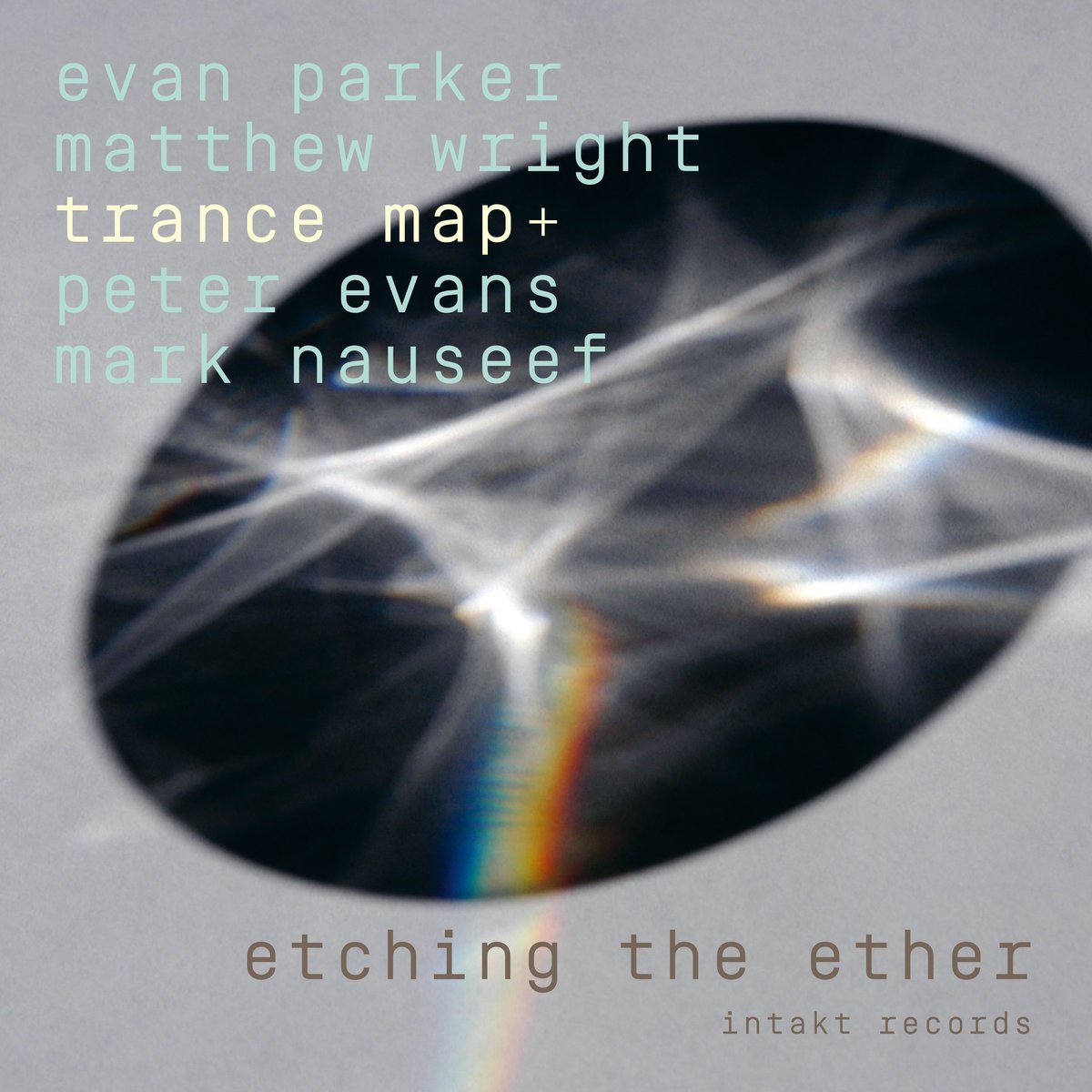After being buffeted by frigid winds and crisp sunlight while traipsing on the soft sand of an Oregon beach for several hours last Sunday, I recovered by sinking into a couch with Evan Parker’s latest release for Intakt Records.
Mentally settled and bodily exhausted, I experienced all 50 minutes of Etching the Ether without a single distraction or chemical enhancement. Completely immersed in sound, I was transported to an elevated dimension.
How did I get there? Most people never acquire a taste for improvised new music, but I consume the often harsh form as if it were candy. A moment on Live in Brooklyn 2011, a new release documenting Sonic Youth’s final concert in the United States, supplies a clue.
Thurston Moore, the loudest member of one of the most transformative bands of my youth, informs the audience that Weasel Walter is slated to perform at the concert’s afterparty at The Stone. The name-check affirms the connection between Sonic Youth’s art-punk free jazz.
The aside also brought me full circle. Since performing with a group including local standout Seth Davis in Kansas City last year, Weasel Walter is featured on the exhilarating March release Branches Choke. Etching the Ether is even better.
The quartet of Parker (soprano saxophone), Peter Evans (trumpets), Matthew Wright (electronics) and Mark Nauseef (percussion) draw on the most refined developments from Tokyo, Philadelphia and the International Space Station. As Sonic Youth might put it, it’s a late-life riot.



